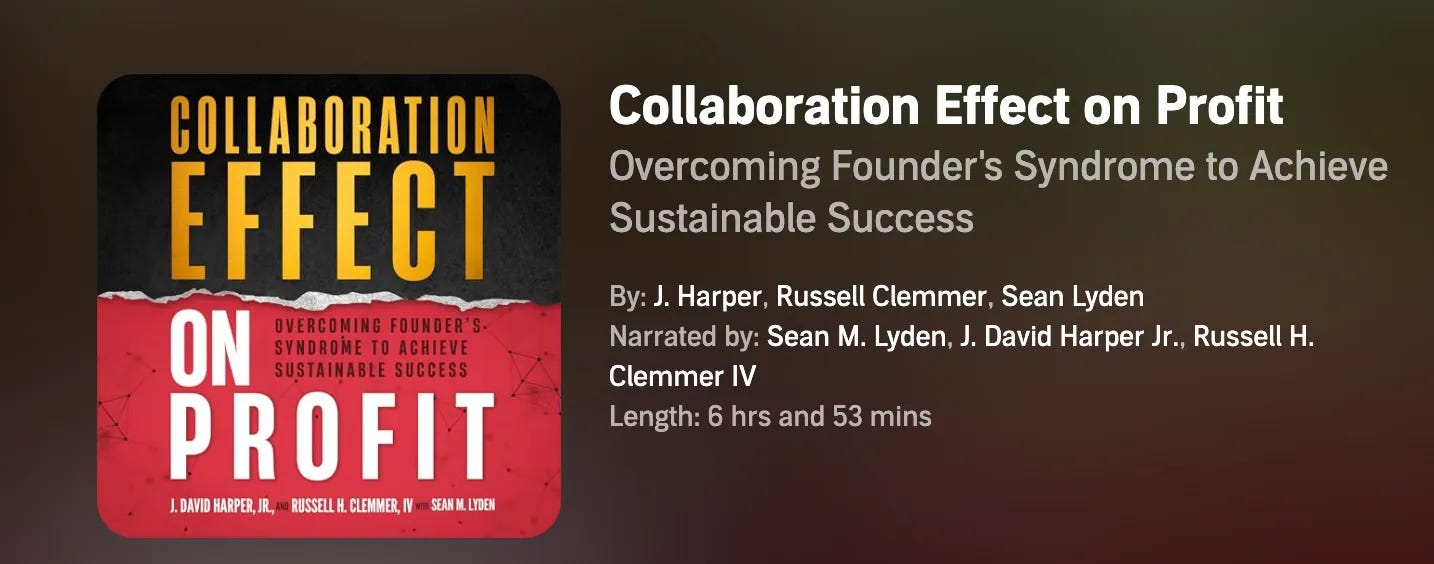040: “Let Me Know If You Have Any Questions” — The Deal Killer
Why this polite phrase stalls deals (and what to say instead).
Today’s email is for you if you’re experiencing these problems:
You keep sending proposals that stall without explanation.
You’re not sure how to close without sounding pushy.
Buyers go silent after you “follow up” a few times.

New to Systematic Selling?
Subscribe Free
Get bite-sized, high-impact sales systems training delivered to your inbox. Start applying proven strategies in your next sales conversation.
Upgrade to PRO
Go beyond the basics with full access to the entire Systematic Selling archive, plus exclusive PRO-only content you can’t get anywhere else. All for less than a Venti Latte ☕️ ($8/month).
Your next big sales win could be one strategy away.👇
Do you ever do this?
You’ve just finished crafting a proposal you feel great about. You attach the PDF, type a brief note, and close with:
“Let me know if you have any questions or concerns.”
Sound familiar? You’re not alone.
When I ask this question in my workshops, the majority of the room raises their hand.
It’s a standard closing line — polite, professional, and well-intentioned.
But here’s the problem…
That sentence puts all the responsibility on the buyer to figure out what to do next.
And when the next step isn’t crystal clear, the Ambiguity Effect takes over — that mental bias where people avoid decisions when the path forward feels fuzzy or uncertain.
Your proposal should make it effortless for the customer to say “yes”:
Here’s our recommended scope to solve your problem.
The investment is $X with these terms.
Here are the next steps to proceed.
But when you close with a vague CTA like, “Let me know if you have any questions or concerns,” you’ve just triggered the Ambiguity Effect.
Instead of moving forward, they stall. Their inner dialogue kicks in:
“Should I have questions? Let’s see… what might I be missing?”
“Concerns?… What exactly should I be concerned about?”
And here’s the irony…
You meant to be helpful and low-pressure. But what they feel is pressure — the pressure to figure things out on their own. And that’s the kind of pressure that makes people delay their decision, not accelerate it.
The Antidote?
Remove ambiguity with a simple, explicit next-steps section at the end of your proposal.
Here’s an example:
The Next Steps
1. Approve the project & process the initial payment:
If everything in this proposal looks good to you, [click here] to approve the project and process the initial payment of $5,000.00.2. Book your project start date:
As soon as we receive notification of the initial payment, we’ll book the starting date on our schedule.3. Adjust if needed:
If we missed (or misunderstood) anything important to you in this proposal, let me know, and we’ll adjust accordingly. Or, if new budget constraints now limit you, let me know. I’m happy to explore how we might adjust the scope to better fit your budget.
The Bottom Line
When you give the buyer a clear path to move forward, you remove uncertainty, build momentum, and make it far easier for them to say “yes” now.
Instead of hoping they’ll do it later…when it’s much less likely.
Give it a try.
Until next time 👊
Sean
Sean M. Lyden is the founder and CEO of Systematic Selling, a sales systems and coaching company for growth-minded SMB founders and owners looking to scale their sales (without the chaos).
Not already a Systematic Selling Subscriber?
Systematic Selling Newsletter is a reader-supported publication. To receive new posts and support my work, consider becoming a free or PRO subscriber.
PS: Our Book is Now on Audible👇
This book is for you if you want to scale your business but keep finding yourself getting in the way.


